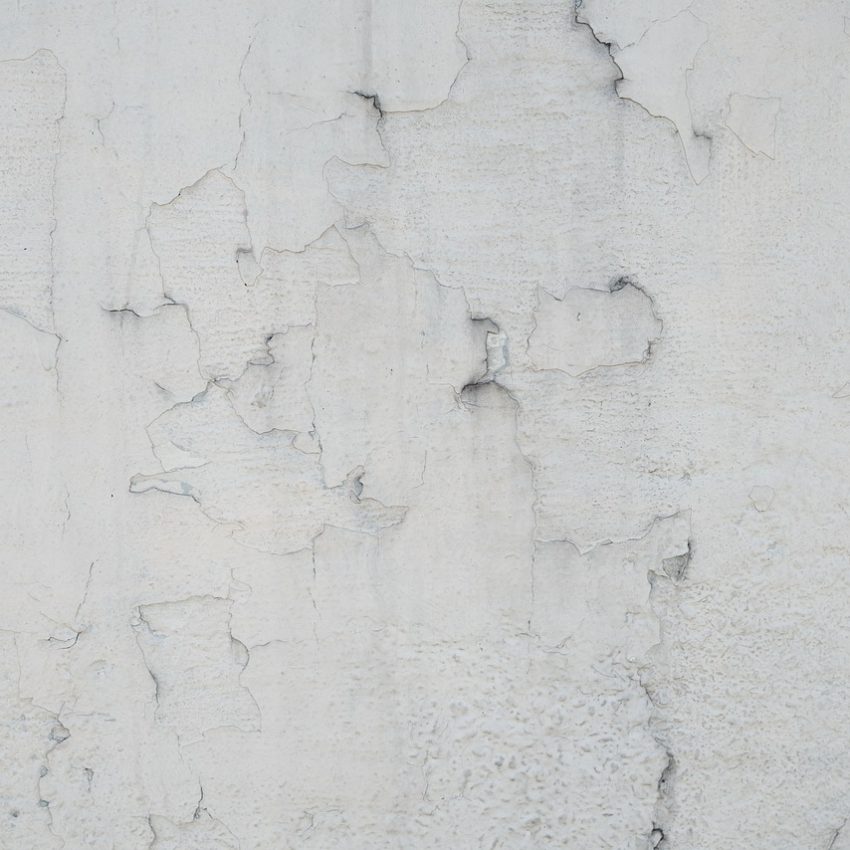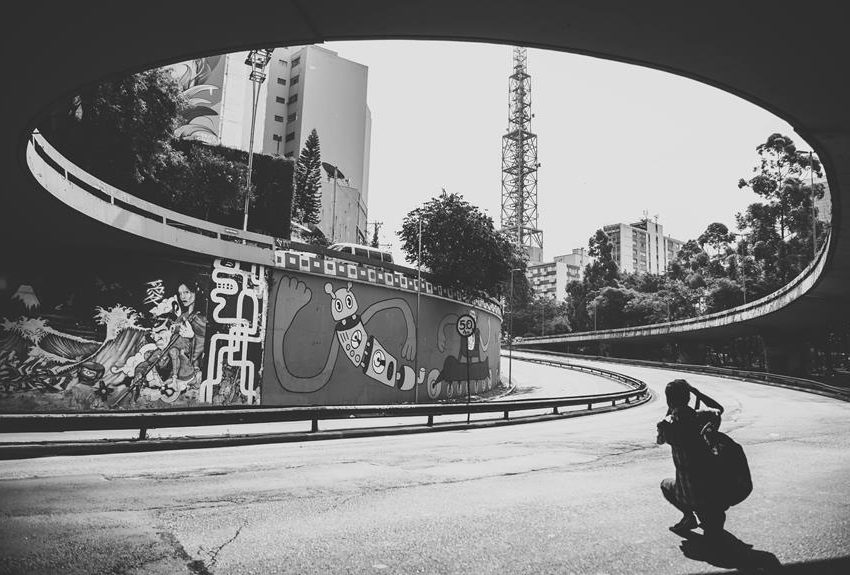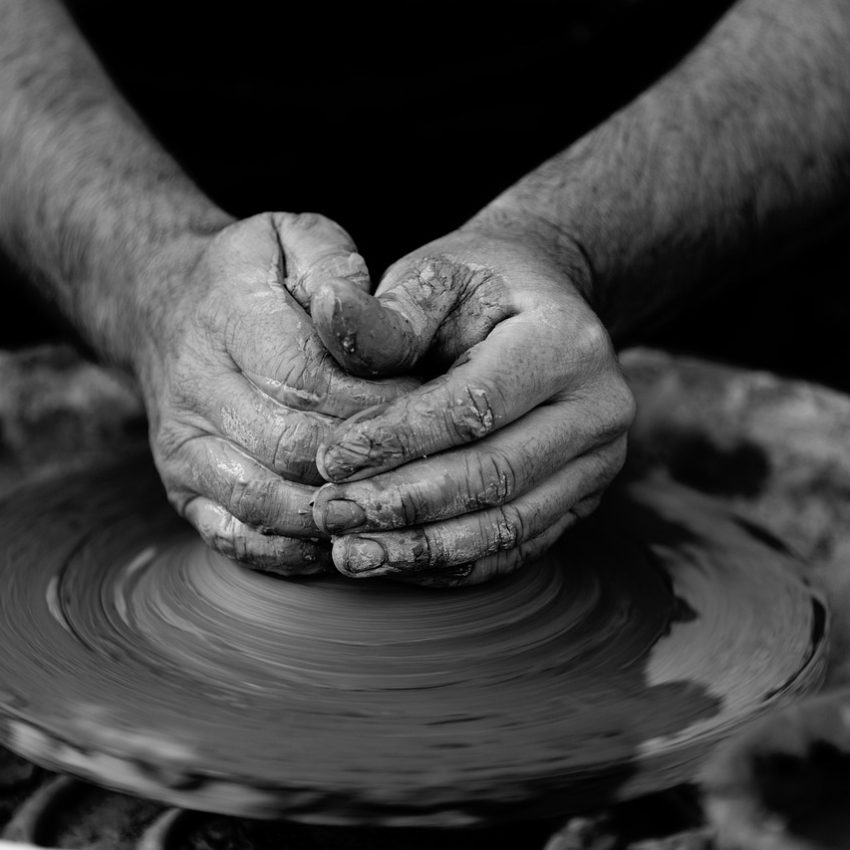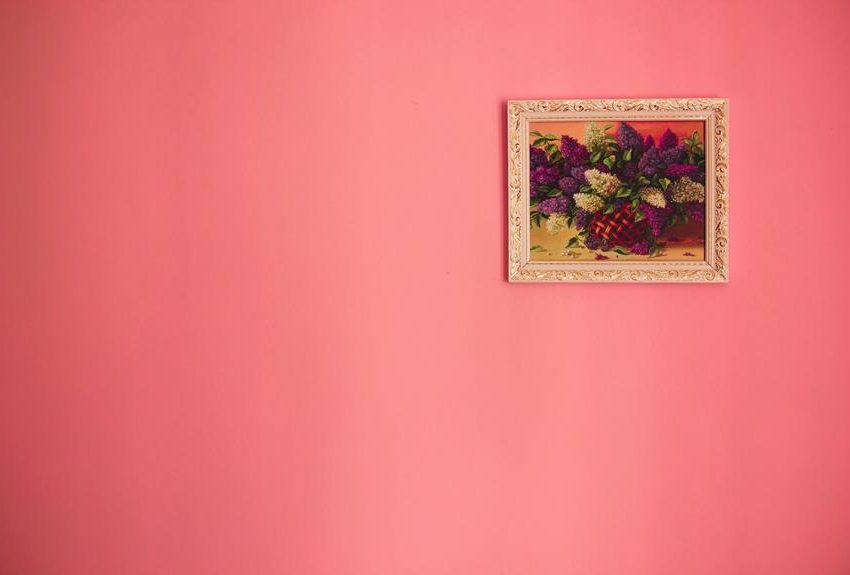Exploring Japanese Woodblock Prints: Ukiyo-e Masterpieces and Techniques
Introduction: Ukiyo-e in the Golden Age
The art form known as Japanese Woodblock Prints, or Ukiyo-e, holds a revered place in the annals of art history, particularly during the Edo period in Japan. Ukiyo-e, which translates to “pictures of the floating world,” encapsulates the vibrancy and dynamism of Japanese culture during its golden age.
Early Ukiyo-e and Beginnings of Ukiyo-e
Emerging in the late 17th century, Ukiyo-e quickly became synonymous with traditional Japanese painting and printmaking, captivating audiences with its vivid imagery and exquisite craftsmanship. The beginnings of Ukiyo-e marked a transformative period in Japanese art, setting the stage for centuries of innovation and creativity.
Key Artists and Masterpieces
At the forefront of Ukiyo-e were master artists like Utamaro Hokusai and Hiroshige, whose iconic works continue to inspire admiration and awe to this day.
Hokusai’s “Great Wave off Kanagawa” stands as a pinnacle of Ukiyo-e mastery, depicting the sheer power and majesty of nature in a breathtaking composition.
Hiroshige’s series Thirty-six Views of Mount Fuji, meanwhile, showcases the artist’s skillful rendering of landscapes and atmospheric effects, transporting viewers to serene vistas and bustling cityscapes alike.
On the other hand, Hiroshige’s series One Hundred Famous Views of Edo showcases his exceptional ability to infuse everyday scenes with poetic charm.
From bustling city streets to tranquil landscapes, Utagawa Hiroshige’s prints transport viewers to a bygone era where urban life harmoniously coexisted with nature, making his work a cornerstone of any Asian art collection.
The meticulous attention to detail in each print reveals not only technical prowess but also a deep appreciation for the ephemeral beauty found in fleeting moments.
Utagawa Kunisada, also known as Utagawa Toyokuni III, was a prominent Japanese ukiyo-e artist who lived from 1786 to 1865. Renowned for his prolific output and commercial success, Kunisada is considered one of the most popular designers of woodblock prints in 19th-century Japan.
Despite his immense popularity during his lifetime, his reputation among European and American collectors of Japanese prints in the late 19th and early 20th centuries was somewhat diminished.
Alongside Hiroshige and Kuniyoshi, Kunisada was one of the leading representatives of Japanese color woodcut prints in Edo (present-day Tokyo) during the Edo period (1603–1867). However, some art historians and collectors regarded their works as “decadent,” contributing to the decline of classical ukiyo-e art.
Delving deeper into these masterpieces unveils layers of narrative complexity within seemingly straightforward compositions. The juxtaposition of vibrant colours against delicate line work creates a visual poetry that resonates beyond mere aesthetics.
Through careful analysis, one can unravel hidden symbols, socio-political commentary, and thematic nuances embedded within these timeless works of art, inviting viewers to contemplate the multifaceted meanings encoded by these revered Ukiyo-e artists.
Techniques of Woodblock Printing
The production of Ukiyo-e prints involved a meticulous process, combining traditional Japanese woodblock printing techniques with innovative approaches to color and composition. Using inexpensive materials, artists were able to produce full-color prints that captured the essence of Japanese life, from bustling city streets to tranquil countryside scenes. The woodblock printing process, heavily reliant on the skill of the printer, allowed for the mass production of Ukiyo-e prints, making them accessible to a wide audience and cementing their popularity throughout Japan and beyond.
At the core of creating these stunning artworks lies the intricate technique of carving, where master craftsmen meticulously carve out designs on separate wooden blocks for each color used in the print. This method allows for vibrant multi-colored prints to emerge with remarkable precision and depth, showcasing a level of artistry in the Ukiyo-e style that remains awe-inspiring even centuries after their creation.
Furthermore, the application of ink onto these carefully carved blocks requires a delicate balance between expertise and intuition. Artists like Katsushika Hokusai must navigate varying viscosities of ink to achieve different textures and shades in Ukiyo-e prints, adding layers of complexity to each work. By mastering this technique, artists bring life to their creations, transforming mere paper and pigment into dynamic visual narratives that captivate viewers with their richness and detail. As one observes these prints up close, it becomes evident that every stroke holds not just artistic intent but also an essence of tradition preserved through generations—an art form truly deserving its enduring admiration and acclaim in both past eras and contemporary times.
Themes in Japanese Woodblock Print: Ukiyo-E Prints
Japanese woodblock prints, known as Ukiyo-e prints often featured traditional subjects such as courtesans, geisha, kabuki actors, and scenes from everyday life, reflecting the cultural zeitgeist of the Edo period. However, artists also explored a wide range of themes, are nature scenes, or uki-e, which depict serene landscapes with meticulous detail and delicate brushwork, flora and fauna, and even erotic imagery.
These prints transport viewers to idyllic gardens, misty mountains, and tranquil lakes, evoking a sense of harmony with the natural world that resonated deeply with viewers seeking moments of respite from urban life.
Artists such as Hokusai masterfully captured the essence of seasonal changes through their uki-e prints, portraying cherry blossoms in full bloom and snow-laden pines with exquisite artistry. The diversity of Ukiyo-e subject matter mirrored the rich tapestry of Japanese aesthetics and values, offering viewers a glimpse into the intricacies of Japanese society and culture, as evidenced by collections in institutions like the Victoria and Albert Museum.
Another prevalent theme within Ukiyo-e, notably explored by masters like Suzuki Harunobu, is the portrayal of beautiful women—known as Bijin-ga—an embodiment of elegance, grace, and allure in Japanese artistry.
These images, which can be seen in prestigious collections such as the Victoria and Albert Museum, showcase not only physical beauty but also inner poise and strength through subtle expressions and refined gestures.
Utamaro’s bijin-ga pieces demonstrate an unparalleled attention to detail in depicting traditional attire such as elaborate kimonos adorned with intricate patterns and accessories like hairpins delicately placed amidst cascading locks.
The bijin-ga genre, prominently featured in collections at the Metropolitan Museum of Art, serves as a celebration of femininity while also reflecting societal ideals surrounding femininity during the Edo period.
In contrast to the ethereal beauty found in bijin-ga prints, Ukiyo-e artists also delved into capturing the dynamic world of Kabuki theatre through yakusha-e—a genre dedicated to portraying kabuki actors immortalised on woodblocks.
These prints vividly bring to life iconic performances by renowned actors like Ichikawa Danjuro or Onoe Kikugoro amidst dramatic costumes and expressive poses that convey intense emotions characteristic of kabuki theater.
Through yakusha-e prints, viewers are transported behind-the-scenes into the exhilarating realm of theatrical arts where charisma meets skillful storytelling on stage—a realm meticulously documented by artists like Sharaku whose enigmatic portrayals continue to captivate audiences centuries later.
By exploring these diverse themes within Ukiyo-e prints—from serene landscapes to elegant beauties and entrancing theatrical performances—the multifaceted nature of Japanese woodblock art reveals itself as an invaluable mirror reflecting both timeless traditions and evolving cultural narratives engrained in each meticulous stroke across centuries-old paper canvases.
Legacy and Influence
Beyond Japan, Ukiyo-e prints exerted a profound influence on Western art movements, particularly at institutions like the Victoria and Albert Museum, during the late 19th and early 20th centuries. European artists, captivated by the bold compositions and innovative techniques of Ukiyo-e, sought to emulate its aesthetic principles, as demonstrated by works held at the Metropolitan Museum of Art, in their own work.
The influence of Ukiyo-e can be seen in the emergence of Impressionism through Claude Monet being captivated by their intricate designs and vivid colours and Art Nouveau and the creative prints of artists like Henri de Toulouse-Lautrec and Vincent Van Gogh, who drew inspiration from the dynamic energy and expressive style of Japanese woodblock prints.
Van Gogh, known for his expressive use of color and bold brushstrokes, was greatly inspired by the flattened perspectives and stylized compositions found in Ukiyo-e prints. His famous painting Japonaiserie: Flowering Plum Tree directly reflects the influence of Japanese art on his style, showcasing a harmonious blend of Eastern motifs with Western techniques.
Moreover, Monet’s fascination with Japanese prints, including those by Utagawa Hiroshige, is evident in his celebrated series depicting water lilies at his garden in Giverny.
The serene beauty and delicate balance present in Ukiyo-e landscapes were echoed in Monet’s own interpretations of nature, emphasizing fluidity and light through dappled brushwork that mirrored the aesthetic principles seen in traditional woodblock prints. By embracing elements of Ukiyo-e aesthetics, these Western masters not only paid homage to the artistic merit of Japanese prints but also contributed to a cross-cultural exchange that continues to inspire artists worldwide today.
The continued impact of Ukiyo-e on contemporary art and design remains significant, transcending cultural boundaries to resonate with global audiences, with exhibitions at the Metropolitan Museum of Art highlighting its enduring appeal.
From fashion houses drawing inspiration from Kabuki theater costumes to graphic designers incorporating woodcut techniques into branding campaigns, the timeless allure of Japanese woodblock prints endures as a powerful source of creativity and innovation. By reimagining traditional motifs within modern contexts, artists continue to breathe new life into age-old traditions while honouring the enduring legacy established by visionary creators centuries ago.
The Meiji period would fit into the essay within the section discussing the “Legacy and Influence” of Japanese Woodblock Prints. Here’s how you can incorporate it:
Meiji Period
Beyond Japan, Ukiyo-e prints exerted a profound influence on Western art movements, particularly during the late 19th and early 20th centuries. European artists, captivated by the bold compositions and innovative techniques of Ukiyo-e, sought to emulate its aesthetic principles in their own work. This influence extended into the Meiji period in Japan, a time of rapid modernization and Westernization.
During the Meiji period (1868-1912), Japan underwent significant transformations, embracing Western ideas and technologies. This period marked the end of feudalism and the beginning of industrialization and modernization efforts. Despite these sweeping changes, the influence of Ukiyo-e remained evident in Japanese art and culture.
Artists of the Meiji period continued to draw inspiration from the techniques and themes of Ukiyo-e, incorporating them into modern art forms. Furthermore, the exportation of Ukiyo-e prints to the West during this time further contributed to their influence on Western artists and art movements.
Overall, the Meiji period represents a crucial juncture in the history of Japanese art, where traditional forms like Ukiyo-e intersected with the forces of modernization and globalization, leaving a lasting impact on both Japanese and Western artistic traditions.
Ukiyo-e Today: Online Searches and Related Artists
Today, enthusiasts can explore the rich history and legacy of Ukiyo-e through online searches and platforms like the Heilbrunn Timeline of Art History. The enduring influence of Ukiyo-e continues to inspire contemporary artists and scholars, ensuring that this vibrant art form remains a cherished part of global artistic heritage.
Conclusion
In conclusion, Japanese Woodblock Prints, exemplified by artists like Katsushika Hokusai, represent a pinnacle of artistic achievement and cultural expression, capturing the essence of Japanese life and aesthetics during the Edo period. Through their vibrant imagery, meticulous craftsmanship, and enduring legacy, Ukiyo-e prints continue to enchant audiences around the world, bridging the gap between East and West and transcending the boundaries of time and space.
Ukiyo-e, a term translating to “pictures of the floating world,” has left an indelible mark on the landscape of art history. Originating in the early years of the Edo period, this art form flourished through the skilled hands of many Japanese artists, producing a vast array of works ranging from single-sheet prints to brocade prints. While traditional subjects such as kabuki theatre and courtesans of the pleasure quarters were commonly depicted, ukiyo-e artists also explored themes like nature, erotica, and daily life.
The printing techniques employed in ukiyo-e, primarily woodblock printing, facilitated the production of inexpensive prints that captivated audiences with their vibrant colors and intricate designs. Despite its origins, ukiyo-e continued to evolve through the Meiji period and beyond, influencing not only Japanese artists but also Western artists who admired its innovative style and techniques.
Today, surviving ukiyo-e works, whether in the form of prints or books, continue to be celebrated for their beauty and cultural significance. Through platforms like the Heilbrunn Timeline of Art History and online ukiyo-e searches, enthusiasts can explore the rich history and legacy of this art form, from the early works of Utamaro to the exciting kabuki actors immortalized in prints.
Ukiyo-e remains a dominant style in the realm of Japanese art, showcasing the creativity and craftsmanship of its artists. Its legacy lives on through the enduring appeal of ukiyo-e images and the ongoing exploration of its themes and techniques by art critics and scholars alike.





